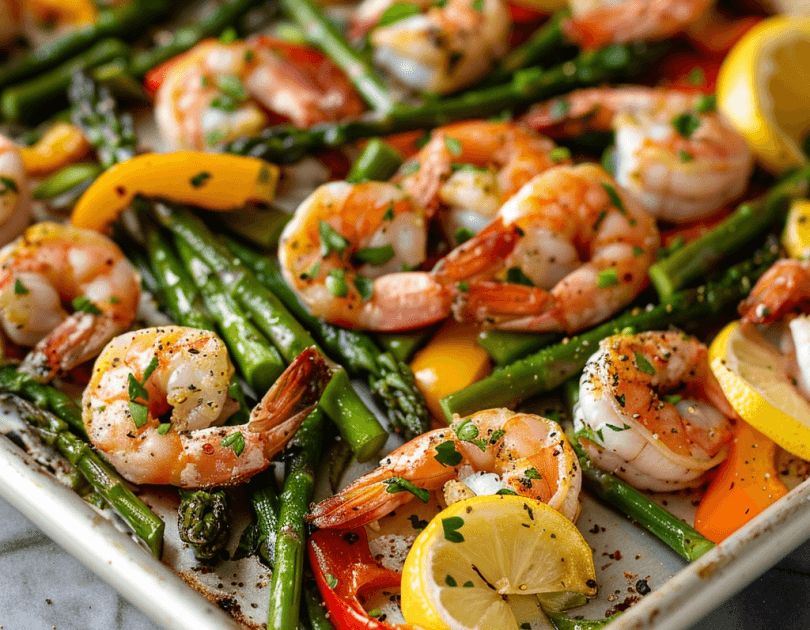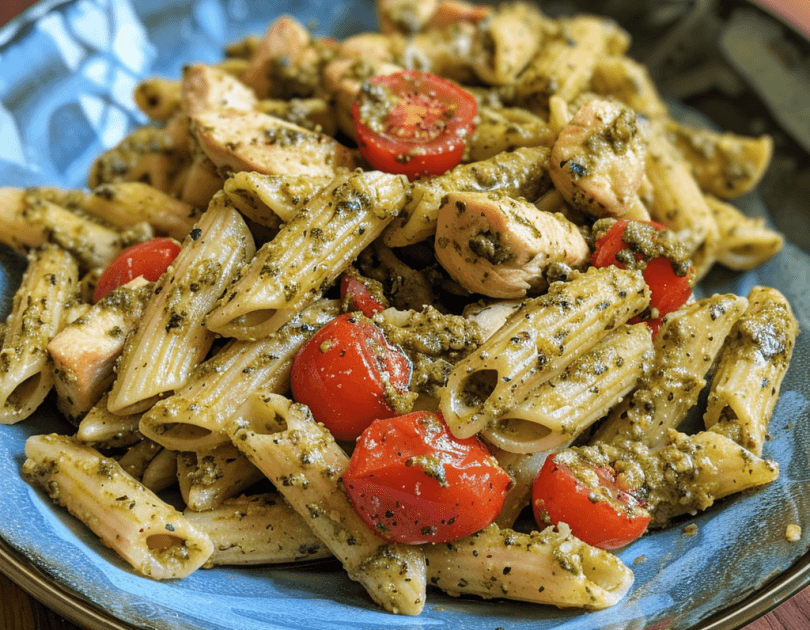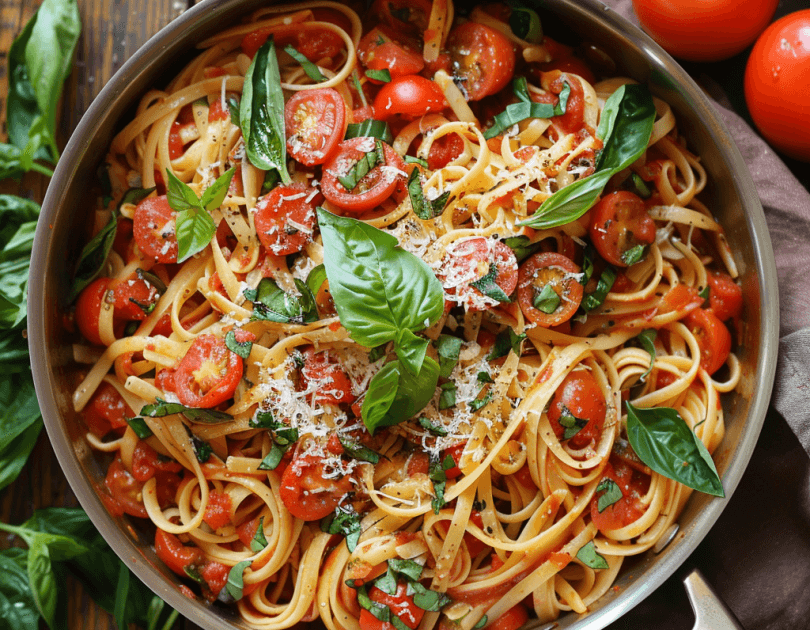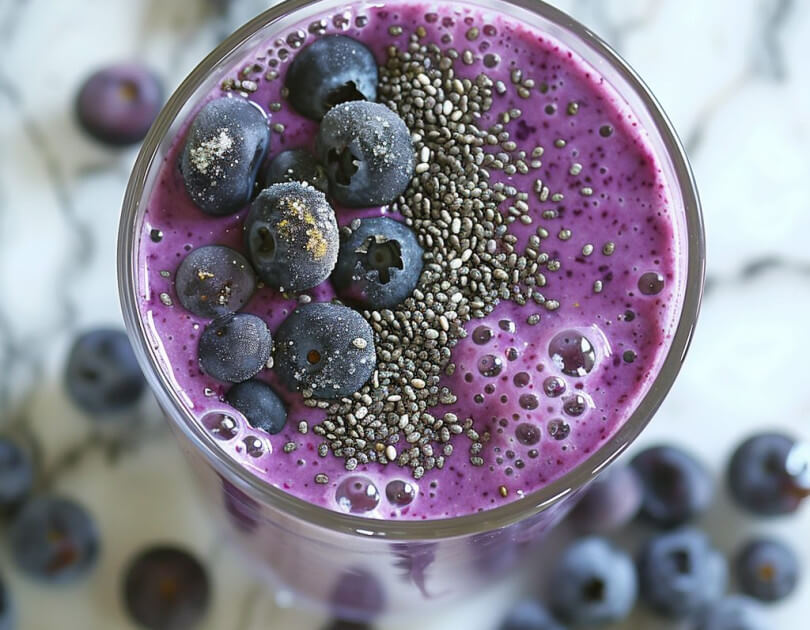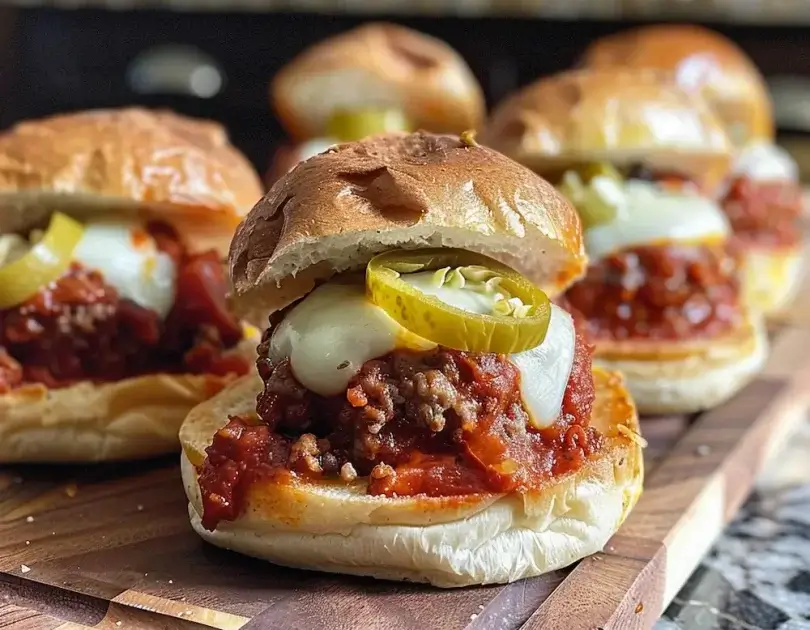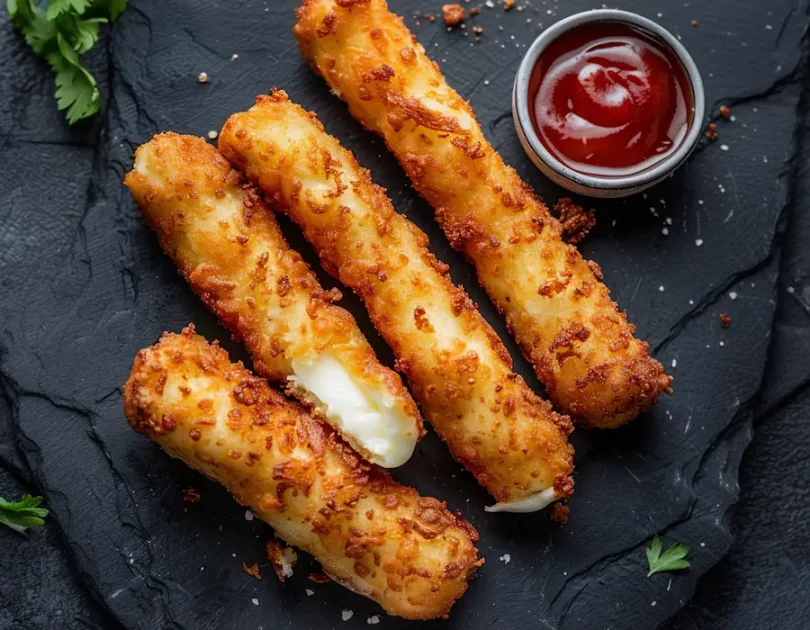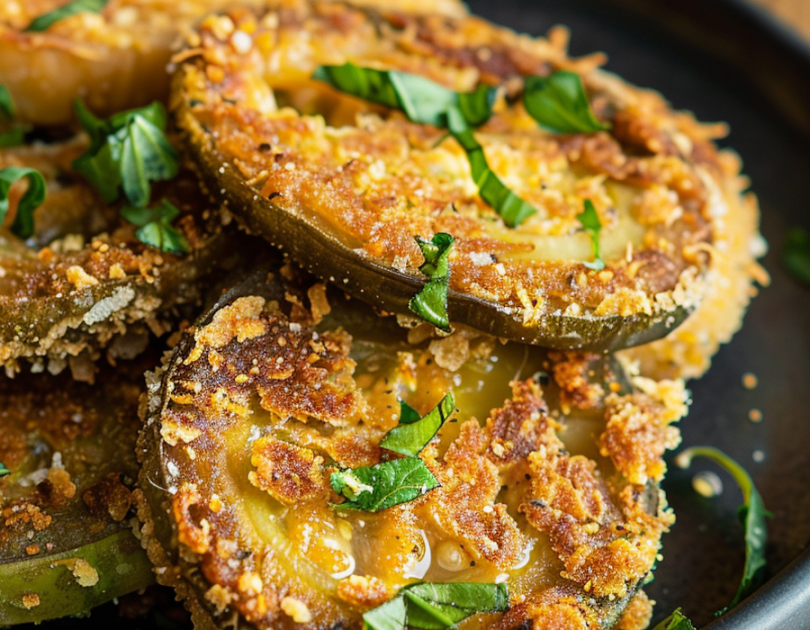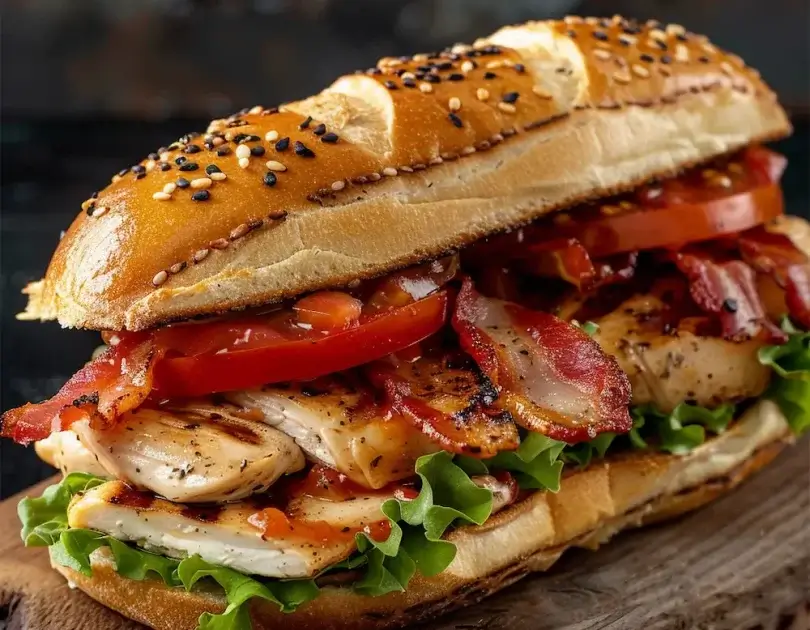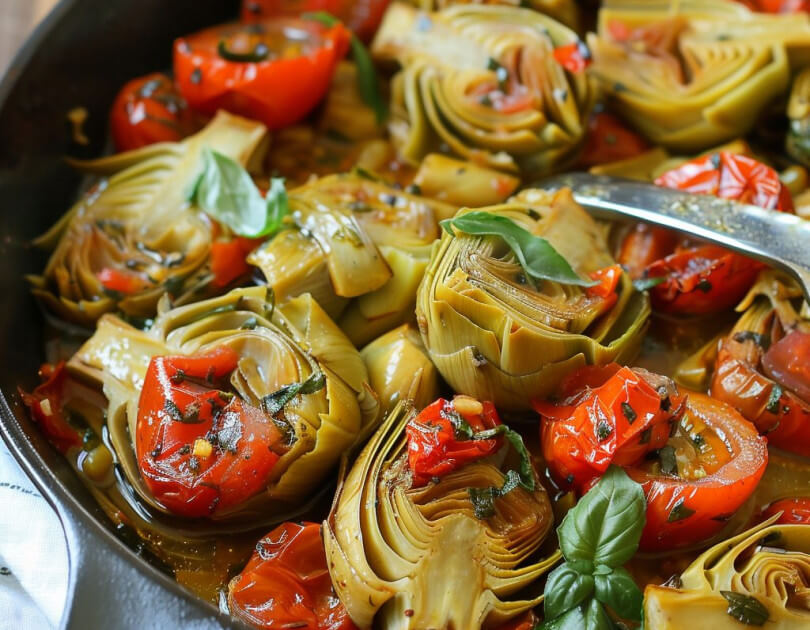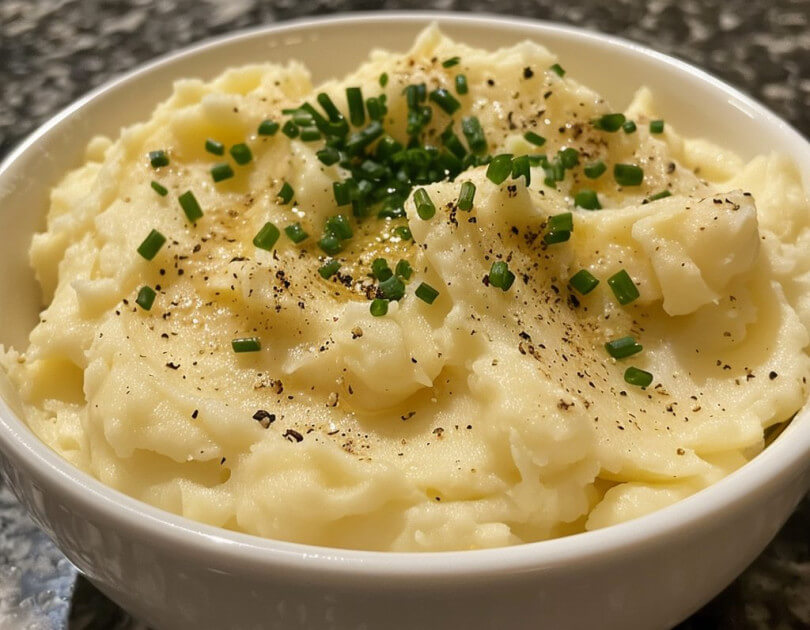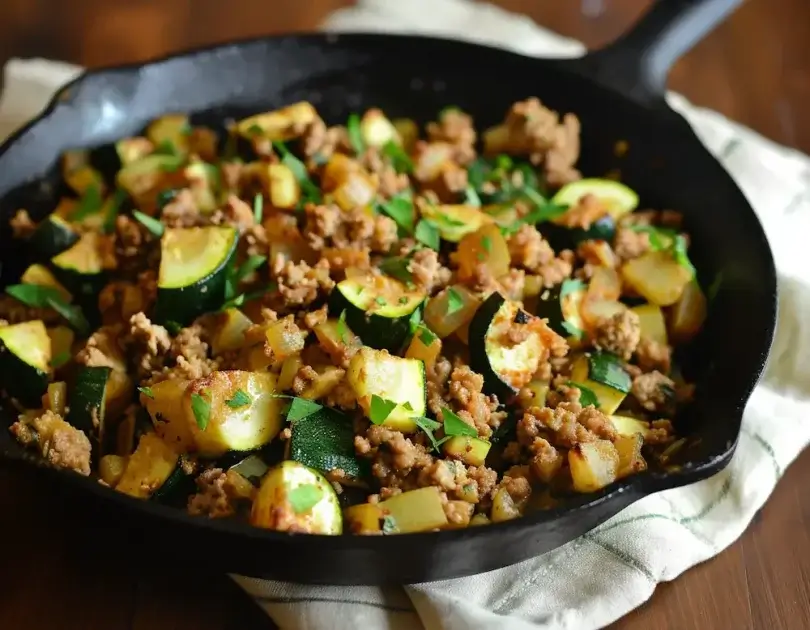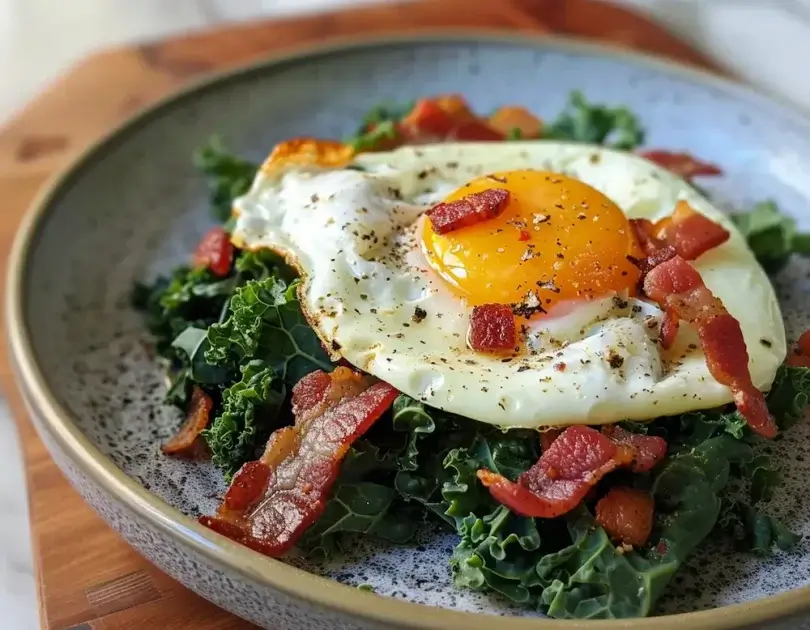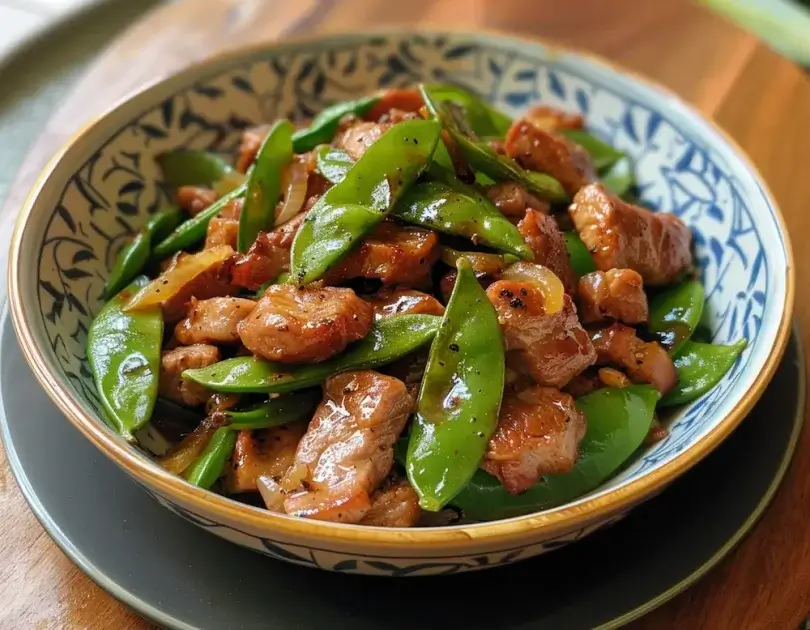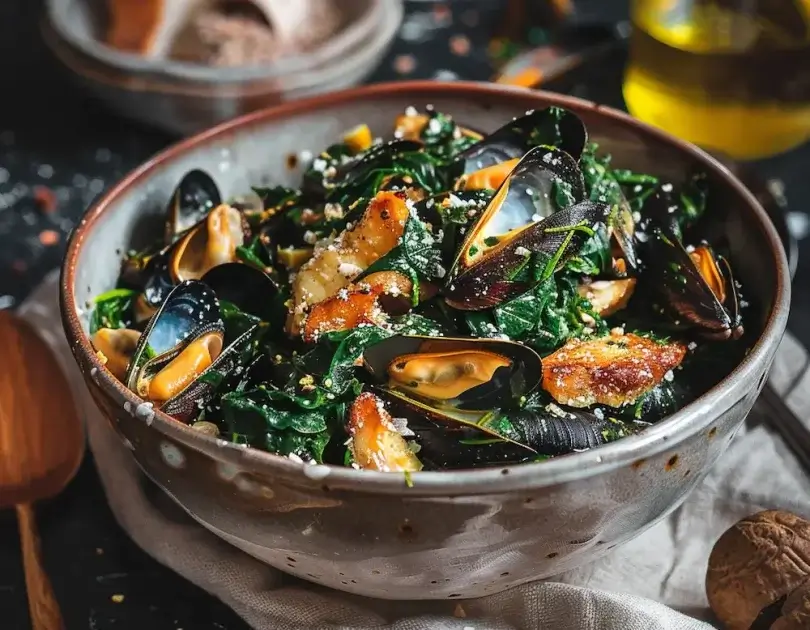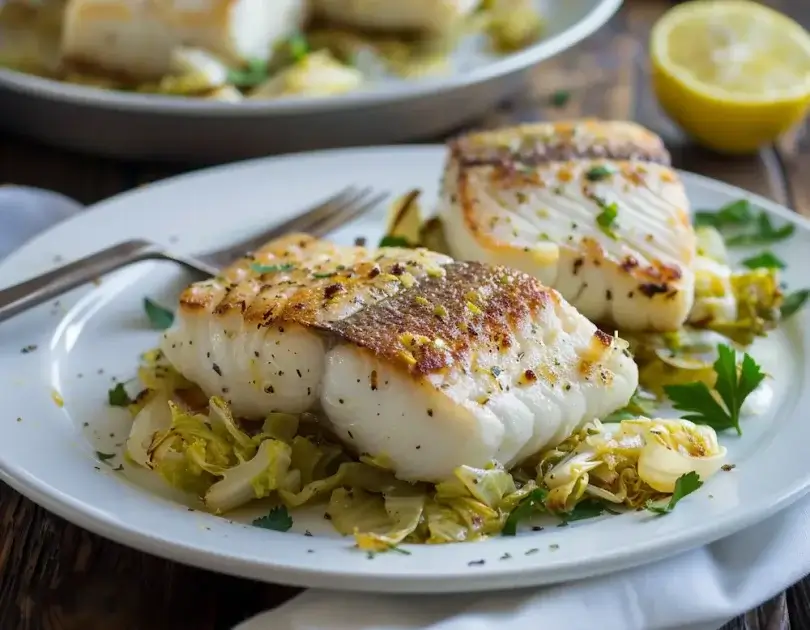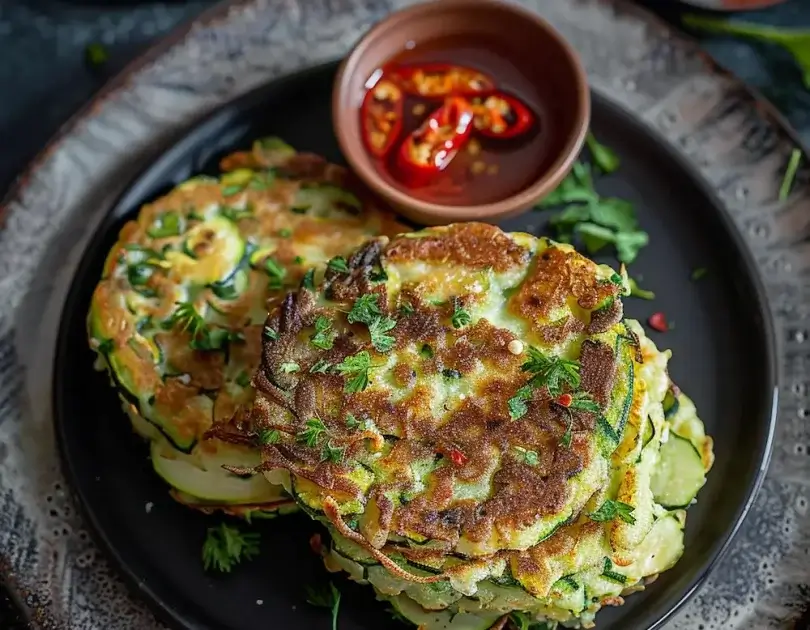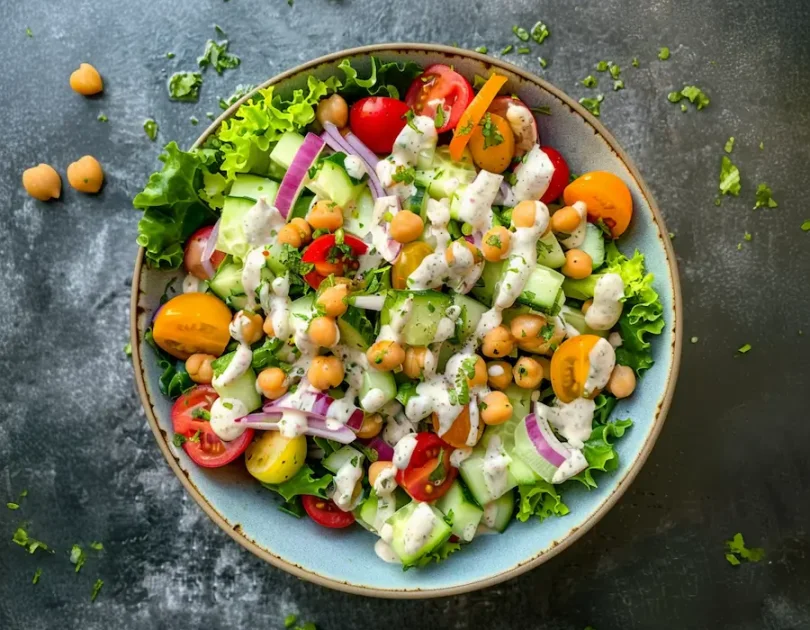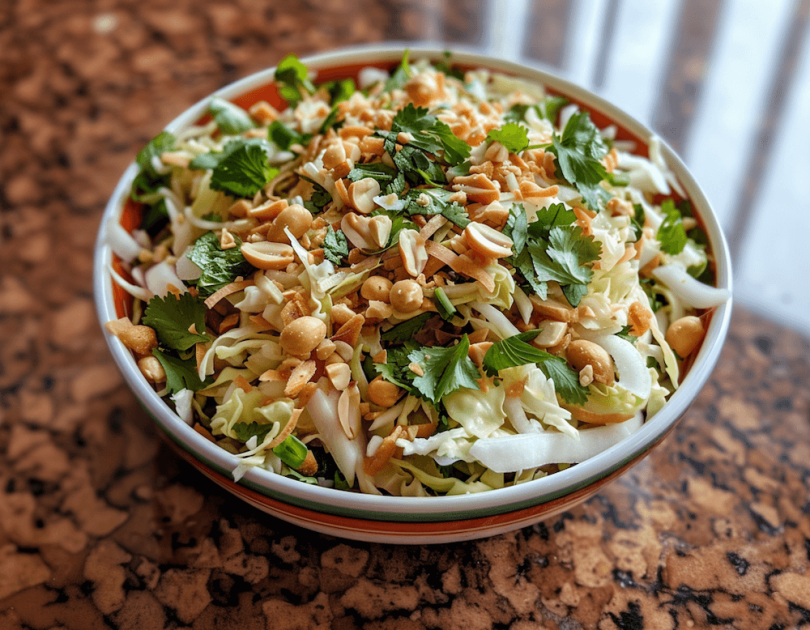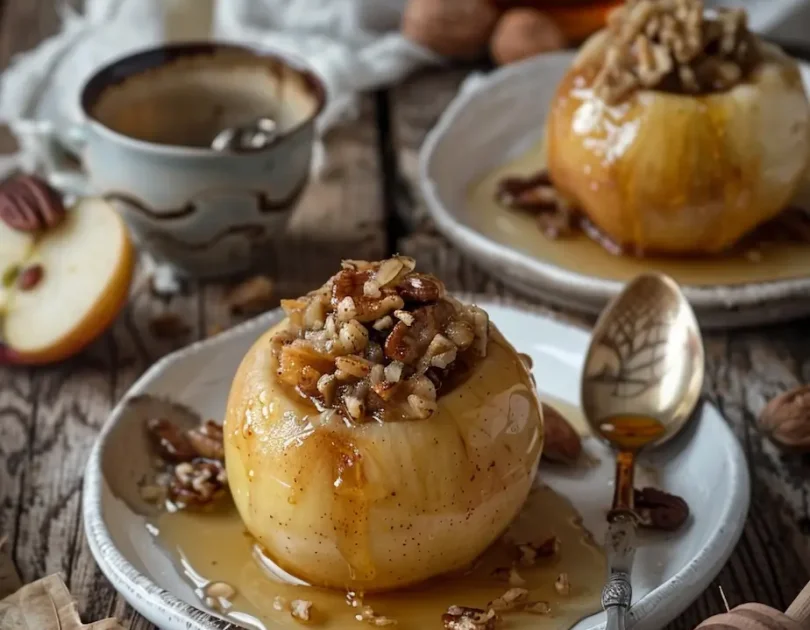Whether you’re embracing the vibrant world of plant-based eating, savoring the bounties of vegetarian cuisine, exploring the wholesome possibilities of pescatarian delights, indulging in the hearty comforts of meat-loving feasts, or adhering to specific dietary needs such as dairy-free, nut-free, gluten-free, keto, paleo, or low-carb, our thoughtfully curated collection of diet recipes is your passport to gastronomic satisfaction.
From colorful salads bursting with nutrients to hearty main courses that satisfy every craving, our By Diet section is your guide to culinary exploration without compromise. Regardless of your dietary path, join us as we celebrate the joy of cooking, eating, and sharing meals that align with your preferences. Let every bite be a celebration of choice, every recipe a manifestation of dedication, and every meal a symphony of flavor that caters to your unique palate.
Recipes by Dairy-free Diet
A dairy-free diet, also known as a lactose-free or vegan diet, is becoming more and more popular among people who are lactose intolerant, allergic to milk proteins, or who prefer to avoid dairy products for other reasons. Fortunately, there are many alternative foods that can provide nutrients and satisfy delicious needs, even without traditional dairy products. Plant-based milks such as almond milk, soy milk, coconut milk, rice milk, oat milk, or flax milk are excellent substitutes for cow’s milk so these milks are usually fortified with calcium and vitamin D to compensate for the nutrients from dairy products.
Plant-based yogurt made from coconut, almond, soy, or oatmeal provides a creamy texture and probiotics similar to those found in traditional dairy yogurts. There are a number of plant-based cheeses on the market, made from nuts (such as almonds, and cashews) or soy. These cheeses can be used for sprinkling dishes, preparing sandwiches, or as an addition to salads.
It is important to ensure that your dairy-free diet is well-balanced and contains all the necessary nutrients. Combining different plant sources of protein, vitamins, and minerals allows you to enjoy varied and nutritious meals without the need for traditional dairy products.
Recipes by Gluten-free Diet
A gluten-free diet is a way of eating that excludes gluten – a protein found in grains such as wheat, barley, rye, and oats (when not labeled as gluten-free). This type of diet is often practiced for medical reasons, such as celiac disease, gluten sensitivity, or gluten allergy, but it has also become popular among people who want to try alternative diets for various reasons. Some people feel uncomfortable after eating foods rich in gluten, even though they do not have celiac disease. This reaction is called gluten sensitivity and can cause gastrointestinal upset, fatigue, or other symptoms.
A gluten-free diet means eating foods that are naturally gluten-free, such as rice, corn, quinoa, buckwheat, sweet potatoes, fruits, vegetables, meat, fish, eggs, and dairy products that are gluten-free. There are also many substitute grains and flour used in the gluten-free diet, such as rice flour, chickpea flour, potato starch, tapioca flour, and coconut flour. But gluten-free diet can be very beneficial for people with celiac disease or gluten sensitivity, but it’s important to remember that it can require careful planning to ensure a balanced diet.
Recipes by Keto Diet
The Keto diet, short for the ketogenic diet, is a high-fat, low-carbohydrate diet that aims to induce a state of ketosis in the body. This diet focuses on high fat intake, moderate protein intake, and very low carbohydrate intake. The main concept of the keto diet is that the body is forced to use fat as the main source of energy instead of carbohydrates. A keto diet usually includes about 70-80% of calories from fat, 20-25% of calories from protein, and only 5-10% of calories from carbohydrates. This low carbohydrate intake leads to a decrease in blood glucose, which triggers the process of ketogenesis – the production of ketones from fat in the liver.
When the body enters a state of ketosis, it begins to use ketones as an alternative source of energy instead of glucose. Ketones are made from fat in the liver and are used to supply energy to the brain and other cells. The keto diet was originally developed as a therapy for epilepsy in children, but over time it has expanded to include weight loss and improving insulin sensitivity. Also, its potential for managing diabetes, neurological conditions, and other health challenges is being explored.
The keto diet may have certain benefits and is potentially beneficial for certain health goals, but it also carries certain challenges and potential risks. It is important to properly consider all aspects before deciding on this type of diet.
Recipes by Low-carb Diet
A low-carbohydrate diet (Low-carb diet) is a diet based on a reduced intake of carbohydrates, especially simple sugars, and refined carbohydrates, while at the same time increasing the intake of proteins and fats. This type of baby aims to control blood glucose levels, promote fat burning, and aid in weight loss. There are different variations of low-carb diets, including the keto diet, which is the most restrictive in terms of carbohydrate intake. A low-carbohydrate diet usually involves an intake of 20 to 150 grams of carbohydrates per day, depending on the specific variation of the diet and individual needs. This amount of carbohydrates is significantly lower compared to traditional diets.
This diet usually focuses on reducing the consumption of simple sugars (such as white sugar and syrup) and refined carbohydrates (such as white bread and pasta). Instead, the emphasis is placed on the intake of complex carbohydrates, such as whole grains, vegetables, and legumes. A low-carbohydrate diet usually includes a higher intake of protein and fat to provide energy and satiety. Healthy fats, such as those from avocados, walnuts, olive oil, and fish, are often an important part of this diet plan.
It is important to emphasize that a low-carb diet is not for everyone and that an individual approach is key. Also, long-term adherence to this diet can affect the intake of fiber and certain vitamins and minerals, so it is important to properly plan your diet to avoid potential nutritional deficiencies.
Recipes by Meatlovers Diet
A meat-based diet is a way of eating that focuses on the consumption of different types of meat as the main source of nutrients. This type of child usually includes meat, poultry, fish, seafood, and other animal sources of protein as the main components of the meal, while carbohydrate and fat intake may vary depending on the specific approach. Meat, poultry, fish, eggs, and other animal sources of protein form the basis of this diet. Proteins are essential for growth, cell renewal, and maintenance of muscle mass.
A meat-based diet usually involves a high protein intake. This can be beneficial for people who want to increase muscle mass, maintain satiety, and support bone health. Some versions of this diet promote a high intake of healthy fats such as olive oil, avocados, and nuts. Fats are an important source of energy and play a role in vitamin absorption and health maintenance. As with any other diet, it is crucial that a meat-based diet is tailored to individual needs and properly planned to ensure variety and balance in the diet.
Recipes by Nut-free Diet
A nut-free diet is a way of eating that excludes nuts and seeds from the diet. This type of child may be the result of a nut allergy, intolerance, dietary restriction, or personal preference. Although nuts and seeds have many nutritional benefits, there are a number of reasons why someone may choose not to consume them. A nut allergy can cause serious reactions, including anaphylactic shock. People who are allergic to nuts must strictly avoid their intake in order to avoid serious health complications. Intolerance to nuts can also cause unpleasant symptoms such as gastrointestinal disturbances or allergic reactions.
It is important to point out that a nut-free diet may be necessary for health reasons, but it may also require careful planning to ensure a balanced diet.
Recipes by Paleo Diet
The Paleo diet, also known as the Paleolithic diet or the “caveman diet”, is a way of eating that relies on the eating habits of our ancestors from the Paleolithic era, about 2.5 million to 10,000 years ago. This diet promotes the consumption of foods that were available at that time before intensive food processing and the development of modern agricultural methods began. The Paleo diet implies the consumption of natural food and the rejection of industrially processed food, additives, artificial colors, and preservatives.
As with any diet, it is crucial that the Paleo diet is tailored to individual goals and health needs. It is important to make an informed decision and properly plan meals to ensure a balanced and nutritious diet.
Recipes by Pescatarian Diet
Pescetarianism, also known as the pescatarian diet, is a way of eating that includes the consumption of fish and seafood but excludes the meat of other animals such as beef, pork, poultry, and game. This diet is a kind of variation of vegetarianism, where people avoid the meat of mammals but still consume proteins from fish, shellfish, and crabs. Pescatarians rely on fish and seafood as their main source of protein. Fish is rich in high-quality proteins, essential fatty acids (such as omega-3 fatty acids), and other nutrients.
A pescetarian diet may be an appropriate option for people who want to reduce their meat intake but still enjoy the benefits of fish and seafood. The key is to properly plan your meals to meet all nutritional needs and ensure a balanced diet.
Recipes Curated by Vegan Diet
A vegan diet is a way of eating that excludes all animal products and by-products, including meat, fish, poultry, dairy products, eggs, and honey. Vegans rely exclusively on plant-based food sources to meet their nutritional needs. This diet is not only nutritious but often represents an ethical and moral choice, and many vegans choose this way of life for reasons of protecting animals, preserving the environment, and improving their own health.
A vegan diet relies on a variety of plant-based protein sources, such as legumes (beans, lentils, chickpeas), tofu, tempeh, seitan, nuts, seeds, quinoa, and whole grains. Properly combining these foods can ensure adequate protein intake. A vegan diet can be rich in fiber, antioxidants, vitamins C and E, folic acid, and minerals such as potassium and magnesium. However, some nutrients, such as vitamin B12, vitamin D, omega-3 fatty acids, iron, and zinc, can be challenging for vegans and may require extra careful planning or supplementation.
A vegan diet can be a healthy and sustainable choice for many people, but it requires careful consideration and proper planning to ensure adequate nutrient intake.
Recipes Curated by Vegetarian Diet
A vegetarian diet is a way of eating that excludes the consumption of meat (including beef, pork, poultry, and game) but includes plant-based foods such as fruits, vegetables, legumes, nuts, seeds, grains, and dairy products. This diet is based on ethical, health, religious, and ecological reasons, and there are several variations of vegetarianism depending on which animal products a person avoids.
Plant-based sources of protein: To meet protein needs, vegetarians rely on legumes (beans, lentils, chickpeas), tofu, tempeh, seitan, nuts, seeds, whole grains, and dairy products (in certain variations). Nutritional benefits: A vegetarian diet can be rich in fiber, vitamins, minerals, and antioxidants found in fruits, vegetables, and other plant foods. This diet can reduce the risk of heart disease, high blood pressure, type 2 diabetes, and certain types of cancer.
A vegetarian diet can be a healthy and sustainable option for many people, but it requires careful planning to ensure that all nutritional needs are met.


